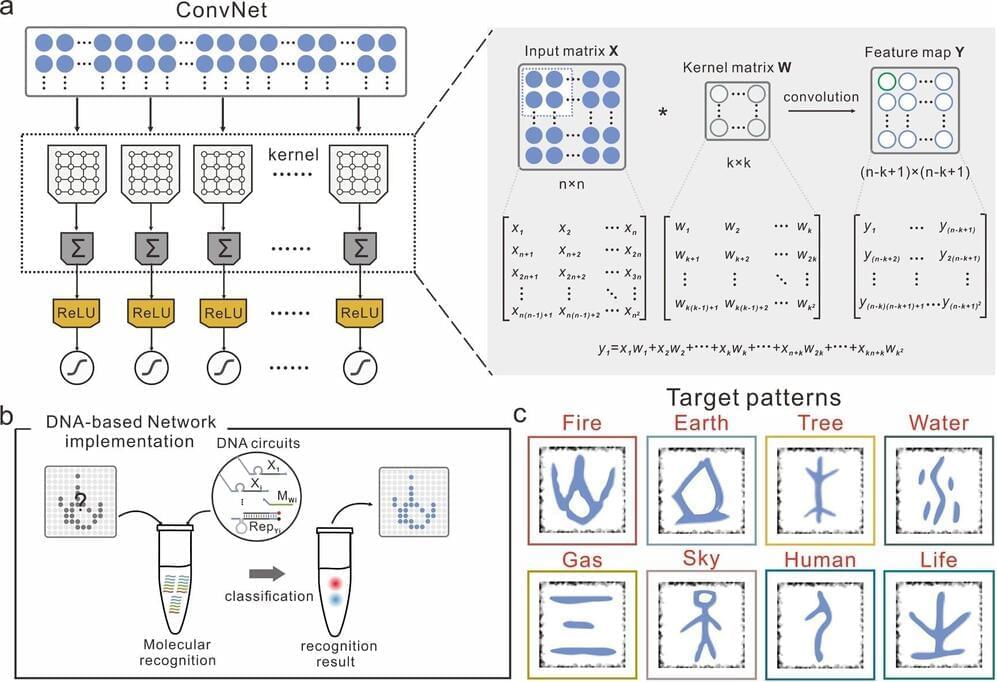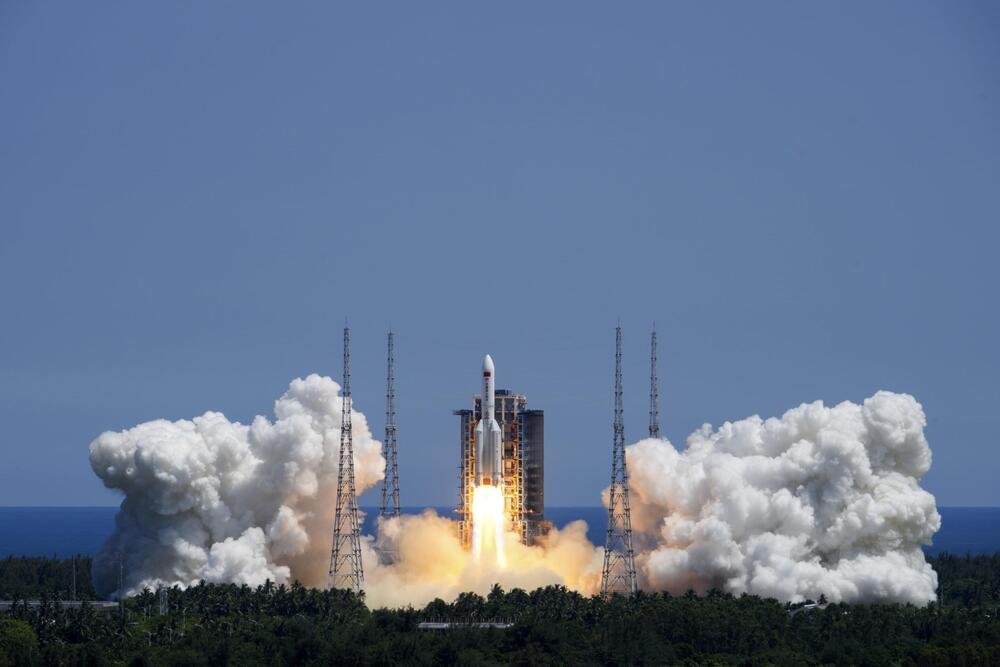Nonlinear dielectric nanostructures could control the flow of light in next-generation devices for information processing and communications.
Molecular computing is a promising area of study aimed at using biological molecules to create programmable devices. This idea was first introduced in the mid-1990s and has since been realized by several computer scientists and physicists worldwide.
Researchers at East China Normal University and Shanghai Jiao Tong University have recently developed molecular convolutional neural networks (CNNs) based on synthetic DNA regulatory circuits. Their approach, introduced in a paper published in Nature Machine Intelligence, overcomes some of the challenges typically encountered when creating efficient artificial neural networks based on molecular components.
“The intersection of computer science and molecular biology is a fertile ground for new and exciting science, especially the design of intelligent systems is a longstanding goal for scientists,” Hao Pei, one of the researchers who carried out the study, told TechXplore. “Compared to the brain, the scale and computing power of developed DNA neural networks are severely limited, due to the network size limitations. The primary objective of our work was to scale up the computing power of DNA circuits by introducing a suitable neural network model for DNA molecular systems.”
Hey it’s Han from WrySci-HX discussing the crispr drug exa-cel that could receive approval by next year! More below ↓↓↓
Subscribe!
Please consider supporting 🙏
Patreon: https://www.patreon.com/wrysci_hx.
China’s space station is almost complete after the country launched one out of the two modules left.
China’s space agency continues to make steady progress as the country aims to become one of the world’s leading space powers.
On Sunday, July 24, it launched one of the two laboratory modules required to complete its orbital space station, a press release reveals.
The Rosenberg Space Habitat is the world’s tallest 3D-printed polymer structure. It will help students embrace new space technologies.









